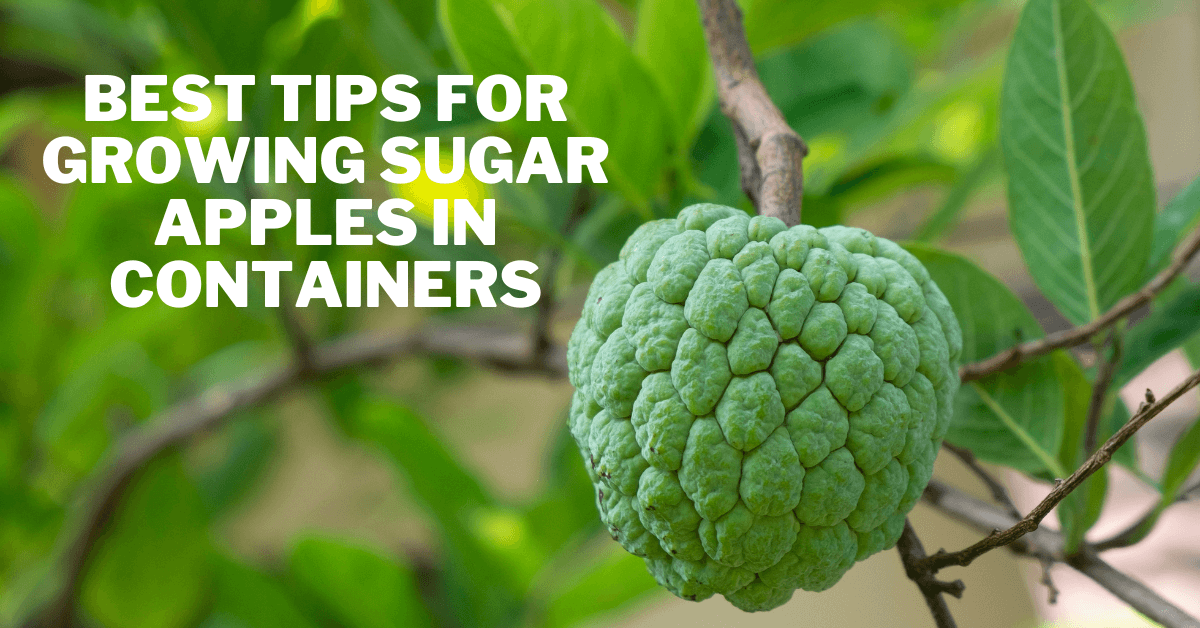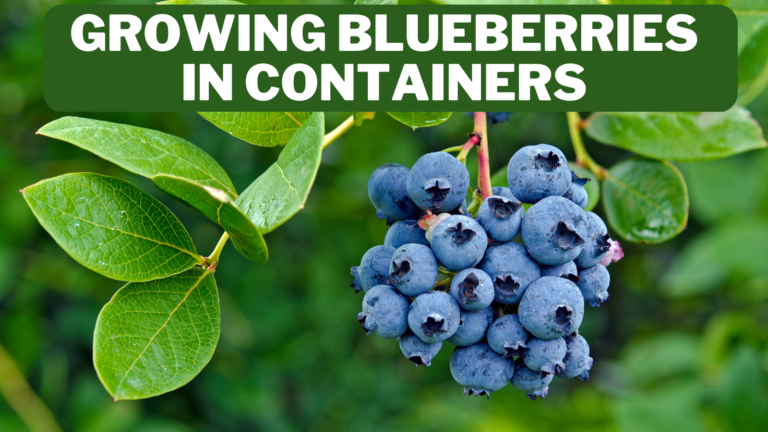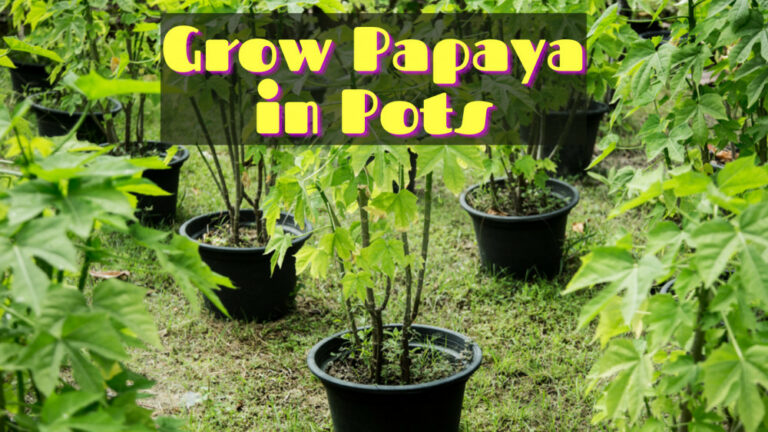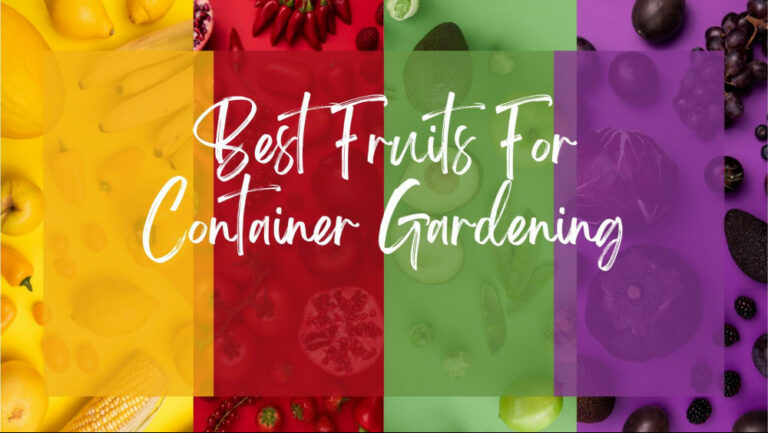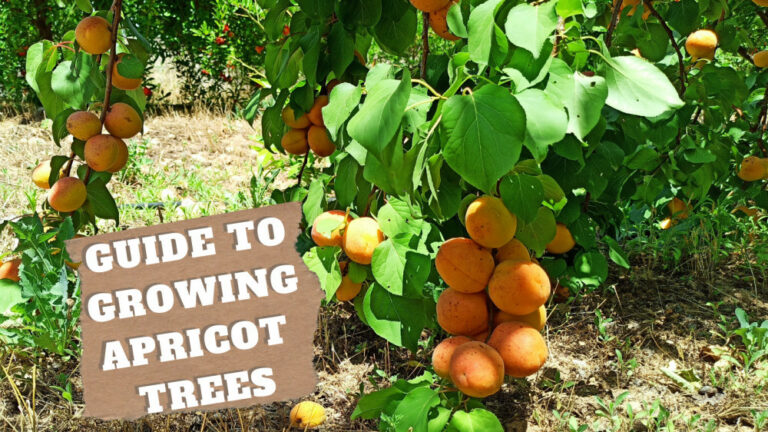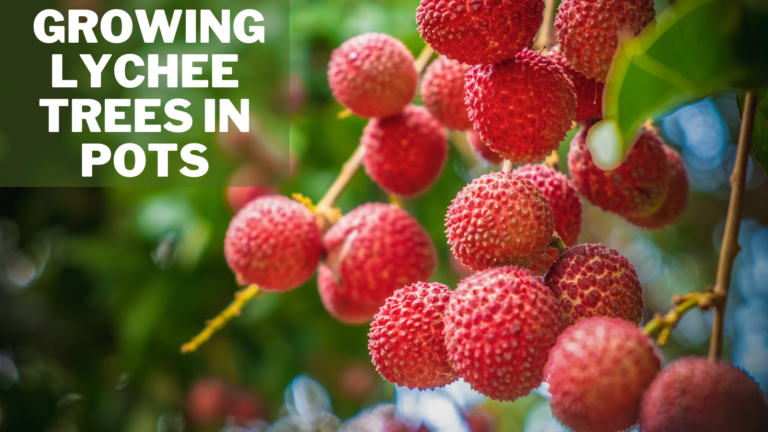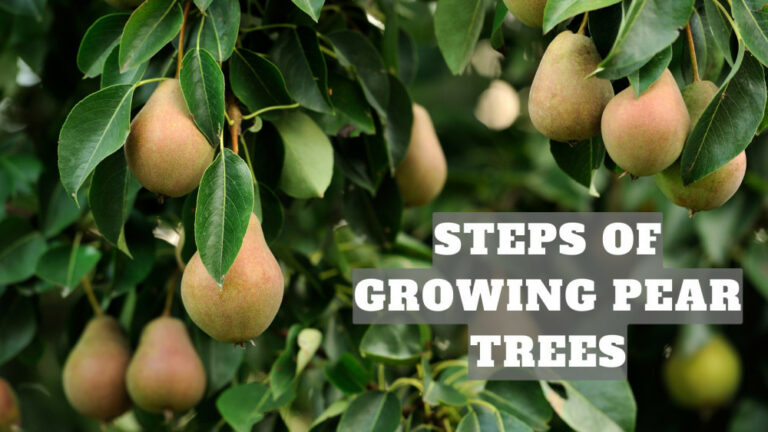Best Tips For Growing Sugar Apples In Containers
Best Tips For Growing Sugar Apples In Containers
The sugar apple plant (Annona squamosa, USDA zones 9–11) is unrelated to the apple tree despite its name (Malus Domestica, USDA zones 3 through 8).
In truth, sugar apples, custard apples or sweetsops resemble huge berries or an immature cluster of bananas.
Individual pieces of the fruit may be peeled off to expose white, aromatic flesh with a single long, black seed within.
Origin Of Sugar-Apples
It is uncertain where the sweet apple originated. It is usually grown in tropical South America, seldom in Central America, and very regularly in southern Mexico, the West Indies, the Bahamas, Bermuda, and sporadically in south Florida.
It has escaped cultivation in Jamaica, Puerto Rico, Barbados, and the arid districts of North Queensland, Australia, where it may be found in pastures, woodlands, and roadsides.
The seeds were probably taken from the New World to the Philippines by the Spaniards, and the sugar apple is assumed to have been introduced to southern India around 1590 by the Portuguese.
It was first cultivated in Indonesia in the early 17th century and has since spread to southern China, Queensland, Australia, Polynesia, Hawaii, tropical Africa, Egypt, and the lowlands of Palestine.
Cultivation is most widespread in India, where the tree is also often used as an escape, and the fruit is popular and plentiful in marketplaces.
The sugar apple is one of the most significant fruits in the interior of Brazil, and it is abundant in Bahian markets.
Information About Sugar Apples
Sugar Apple fruit is a low-growing plant that does not reach a height of more than 7 meters. Its leaves range from 5 to 11 cm tall and 2 to 5 cm broad.
They are only available in two hues. The upper leaves are dark green, and the underside of the leaves is blue-green. The fruits have an oval form. They are typically 5 to 12 cm in diameter. They are green-yellowish in hue.
They have a pleasant white or golden pulp within. The pulp is quite tasty. It has a sweet fragrant flavour that is nice and creamy.
This plant's seeds are recognized by their gleaming black hue. They are frequently used in producing peanut oil, which is then used in producing soap.
This plant's only edible portion is its fruit. The seeds and the leaves are both poisonous. The fruit is consumed raw and cannot be prepared.
Sugar Apple Varieties To Consider
Identifying a miniature type that will survive in a container is critical. Sugar apple trees are already on the small side, mature at 15 to 20 feet in height, and deciding which kind to nurture boils down to what matters most: seedless fruit, excellent fruit, beginning plants from seed, or fruit colour.
According to the University of Florida, the two seedless cultivars, Cuban Seedless and Brazilian Seedless, are not highly recommended due to their poor flavour and tendency to break apart as they grow. Lessard Thai is reported to have the best fruit quality, followed by Kampong Mauve.
According to Top Tropicals, a relatively new variety known as ‘Na Di' provides tasty fruit that does not split apart into parts like previous types.
According to Purdue University, Mammoth sugar apple trees produce lopsided but sweet-tasting fruits that grow true from seed.
Balangar sugar apple trees are a high-yielding cultivar with delicious fruit, but they look harsh and nearly warty. The Crimson cultivar has red or deep pink foliage, blooms, and rinds. It grows true to seed but has poor-tasting meat.
Steps Of Growing Sugar Apple In Containers
1. Climate And Temperature Requirements For Growing Sugar Apple Trees
The ideal temperature for growing sugar apple trees is between 50° and 85°F (10° and 30°C). Despite being a tropical tree, the sugar apple has a high endurance for low temperatures.
However, developing seedlings and young plants perish when the temperature dips below 32 degrees Fahrenheit (0 degrees Celsius).
Mature trees are frost tolerant to a point below the freezing point. Temperatures above or below the optimal temperature also impair pollination, can induce fruit or bud loss, and limit post-harvest life.
2. Growing Sugar Apple Trees From Seedlings
Growing sugar apples from seedlings takes time and needs transferring, but it is preferable to growing sugar apples from seeds.
To start seedlings, put your seeds in a paper towel, soak them in water and store them in a ziplock bag for at least 3 days. You may also scarify the seeds with sandpaper and immerse them in water for a whole day.
The seeds need good quality soil and a sunny location to germinate. Sugar apple seeds are attracted to warmth and sunshine. If you can't supply enough sunshine for your seeds, consider installing grow lights.
The seedling container should be at least three inches deep. It is required to have drainage holes. Fill it with dirt, and make sure it's nice and humid.
Then, sow the seeds 3 cm deep into the soil. Water the seeds gently. Sugar apple seeds want damp but not wet soil, so let the soil dry before watering it again.
Once the seedlings have matured, you may move them outside our garden or into a larger container. If you pick the proper kind, apple sugar fruit may be grown in pots.
Seedless Cuban, Balangar, and Mammoth are the finest types to grow in pots. If you wish to transplant seedlings in your garden, do it during a warm period.
These plants can withstand drought to some extent, but they cannot withstand freezing temperatures at all. They prefer temperatures over 50°F, so transplant them in the spring or summer in a sunny location.
3. Growing Sugar Apple Trees From Seeds
Begin sugar apple seeds in the same way you would any other garden produce. Fill inserts in seed-starting trays with basic seed-starting media. Press one seed into each cell to a depth of 1 inch and softly cover with medium.
Water immediately and cover the tray with a plastic cover to create a humid atmosphere. Allow the tray to sit in your home's warmest, sunniest location (or outside).
According to Top Tropicals, some sugar apple seeds are more likely to sprout when heated from the bottom. To encourage faster germination, place the tray on a seedling heat mat and maintain constant moisture in the soil.
Some types sprout quicker than others, but you should see favourable results after a month of sowing. Plant numerous seeds, even if you only intend to develop one sweet apple tree. As a result, you can choose the healthiest and most potent seedling as your tree.
4. Sunlight Requirements For Growing Sugar Apple Trees
The custard apple is a tropical tree. You'll want to start your seeds in a sunny location. Place your sowing tray in front of a south-facing window to ensure the seeds receive enough warmth and light.
If you don't have a south-facing window, you will need grow lights. Fill a seeding tray halfway with potting soil. A sowing tray with drainage holes at least 2 or 3 inches deep is required, which may be purchased from a garden center. Instead of garden soil, fill the planting plate with new potting soil from the garden center.
Wet the soil slightly before sowing the seeds. Custard apple trees thrive in various soil types if there is enough drainage. They will not tolerate waterlogging, so avoid getting the potting soil wet now. It must be damp but not drenched.
5. Soil Requirements For Growing Sugar Apple Trees
When it comes to soil type, sugar apple trees are undemanding. Sitaphal (*common name in the Indian subcontinent) cultivation is viable on poor, rocky soil with a pH of 7-8.
Though it thrives in various soils ranging from sandy to clay to loam, the healthiest and most prolific tree is grown in fertile, loose, deep, neutral or slightly alkaline soil that is not sandy and has adequate drainage and aeration.
Furthermore, drainage is critical for illness prevention. Growth is directly related to the amount of organic matter in the soil.
6. Water Requirements For Sugar Apple Trees
The plant can easily withstand prolonged periods of drought. Conversely, excessive drought can induce leaf and fruit loss.
For optimal development, it requires an annual rainfall of between 750 and 1,200 mm. Watering must be halted when it rains. A mature tree should be watered every 12 to 15 days. Moisture levels in the soil must be enough to promote vegetative growth and flowers on new branches.
During low growth, the tree should be watered every 2 – 4 weeks and every 3- 5 days while it is flowering and setting fruits.
Water stress must be avoided, and the soil must be kept wet at this time since the fruit is more susceptible to water deficiency than the leaves.
7. Humidity Requirements For Sugar Apples
Relative humidity is an environmental element that significantly affects flower production and pollination. To boost productivity, keep the humidity over 60%, especially during flowering time.

8. Fertilizer Requirements
Using a full fertilizer in the first few years of planting is advisable. A 3:10:10 fertilizer promotes blooming, fruit set, and harvest when the tree is mature enough to produce fruits.
Regarding organic fertilization, sugar apple reacts effectively to applying organic materials from the beginning of its growth.
Organic fertilizer increases the soil's texture and quality while facilitating root growth. It is advised that 60 to 80 kg of old manure or compost be applied yearly.
9. Pollination Of Sugar Apple Plants
Sugar apple has all of its blooms (bisexual). However, the male and female flower parts are active at various times of the day (a situation known as *protandry, in which an organism is born male or female and subsequently changes sex).
Sugar apple blooms bloom like a female flower during the day. If the female flower is not pollinated, the flowers grow bigger and release pollen the next morning (male stage).
For the optimum yield, attracting pollination insects or hand-pollinating the blossoms is suggested.
10. Harvesting Sugar Apples
The sugar apple tree begins to bear fruit at 3-4 years and continues to do so for the next 12-15 years—a mature tree yields between 100 and 180 fruits each year on average.
It is crucial to choose the best harvest time. Furthermore, not all fruits ripen simultaneously, and the collection time varies depending on the kind and climatic conditions where they are cultivated.
Nowadays, visual approaches based on skin colour and fruit form are the most often employed to determine when to harvest.
Another sign of ripening is a change in seed colour, which progresses from light brown to virtually black at the ripened stage.
These parameters are often inaccurate for indicating adequate ripeness, and fruits are occasionally taken before they are fully ripe. That is why commercial farmers employ chemicals to ripen the fruit after it has been harvested.
Harvesting fruits requires cutting the stem with pruning shears. It should also be picked in the morning. The sugar apple fruit is extremely fragile and should be plucked cautiously.
11. Pruning Method
You should only prune in the spring if you live in a chilly area. Sugar apple trees tend to generate a lot of branches; thus, pruning is necessary to shape the tree and control the number of major branches.
Maintenance pruning is used to keep the tree structure balanced by removing suckers, shoots, and branches that are developing in the incorrect direction or are pointing toward the ground.
Similarly, after each harvest, you should perform hygienic pruning. Sanitary pruning removes damaged or pest or disease-infested branches and fruits.
Renewal pruning is done every 10 years as the tree ages and loses vigour and output. During renewal pruning, the tree must be pruned aggressively but in phases so that it may begin growing anew.
12. Protection Against Wind
Like other softwood trees, the sugar apple is vulnerable to wind damage. Branch breakage and ripping are conceivable. Furthermore, the sugar apple fruits are often destroyed owing to branch friction.
Furthermore, the strong, dry winds hasten the drying of the stigma, resulting in less pollination. As a result, it should be planted in a wind-sheltered position.
13. Pests & Diseases Of Sugar Apple Trees
When growing sugar apple in containers, you should be careful about pests and diseases. The custard apple tree is highly susceptible to pests. This decreases the amount of fruit it produces.
Pests and insects destroy the fruits by infesting them. Fruit coverings are the most acceptable way to safeguard custard apple fruits. In the early stages of growth, plastic bags, paper, or polyethylene can be used to wrap the fruits.
The bags should cover the fruit during its growth, but they must be open at the bottom and include micro-perforations to enable gaseous water leakage, which causes fruit rot.
Chemical control tactics are tricky. Therefore, it is advisable to prevent pests by maintaining the trees' health. Also, remember that pesticides kill beneficial insects and pollinators. Moths, aphids, mealybugs, and scales are some of the most frequent and severe pests to watch out for.
Anthracnose and leaf spot are the most prevalent diseases affecting the Custard apple tree. These illnesses are more severe when it rains and the temperatures are high and consistent.

Ways To Enjoy Sugar Apples
1. Sugar Apple Jelly
In this simple Bartlett Harlequin Jam, replace the Bartlett pears with sugar apples.
2. Sundae With Sugar Apples
Save yourself the trouble of creating homemade ice cream! Sugar apple segments can be added to your favorite low-fat frozen yogurt.
3. Griddle Them
Sprinkle 1 tablespoon of sugar over the apple segments on a baking sheet. Place 1 minute under the broiler. Then, allow it to cool before serving. Fruits and vegetables are essential.
4. Sugar Apple Smoothie
Sugar apples may be added to your favourite smoothie recipe at any time of day to give you a taste of the tropics.
Smoothie made using fruits and vegetables from More Matters.org. Sugar apples may be added to your favorite smoothie recipe at any time of day to give you a taste of the tropics.
5. Segment & Serve The Fresh Sugar Apple Fruit
After separating it from the seeds, eat the fresh sugar apple fruit.
6. Boot The Bananas
In any recipe, substitute sugar apples for bananas (in equal portions). Do you like bananas? Experiment with a little of both.
7. Sugar Apple Sauce
Combine segments, 1 mashed banana, and ½ cup of nonfat milk in a blender. Pour over pastries, yogurt, or ice cream to serve. The options are limitless!
8. Sugar Apple Shake
Combine sugar apple segments, ice cubes, and ½ cup of nonfat milk in a blender. Fill a large glass halfway with ice and serve.
9. Fruit Coleslaw
Sugar apples may be used to add sweetness to classic side dishes, such as this delicious Fruit Coleslaw.
10. Freeze & Fizz The Sugar Apple Slices
Line a baking sheet with sugar apple slices and store in the freezer. Place the sugar apples into a glass once frozen, then top with club soda and a dash of pineapple juice. Enjoy!
Conclusion
This is a comprehensive guide to effectively growing sugar apple. If you follow these instructions, you can enjoy a high yield of this highly sought-after plant for many years.
You may sell the fruits because the plant produces between 100 and 180 fruits yearly. They are prohibitively pricey. Enjoy your gardening, and if you have any questions about Growing Sugar-Apple in Containers, don't hesitate to contact us.
I trust you enjoyed this article on the Best Tips For Growing Sugar Apples In Containers. Please stay tuned for more blog posts soon. Take care!
JeannetteZ
>>>Please click here to read my all-inclusive article about Container Gardening<<<
>>>Are you interested in homegrown herbs and medicine? Please click here to find out more about it!<<<
Your Opinion Is Important To Me
Do you have thoughts, ideas, or questions? I would love to hear from you. Please leave me your questions, experiences, and remarks about this article on the Best Tips For Growing Sugar Apples In Containers in the comments section below. You can also email me at Jeannette@Close-To-Nature.org.
Disclosure
This post may contain affiliate links. I earn from qualifying purchases as an Amazon Associate and through other affiliate programs. Please read my full affiliate disclosure.
You might also enjoy these blog posts:
Best Essential Oils For Panic Attacks
Understanding Mental Health In The Workplace

